Boca de la Mina promenade of the city of Reus, Spain is redesigned by Batlleiroig Arquitectura, favoring all those uses that contribute to maintaining the space’s identity. Beyond the urban development, different actions are developed for highlighting the natural, patrimonial and sentimental values of this outdoor common space.
The Briansó or Boca de la Mina promenade is located in the northwest of the city of Reus, specifically in the north of the railway line and the train station.
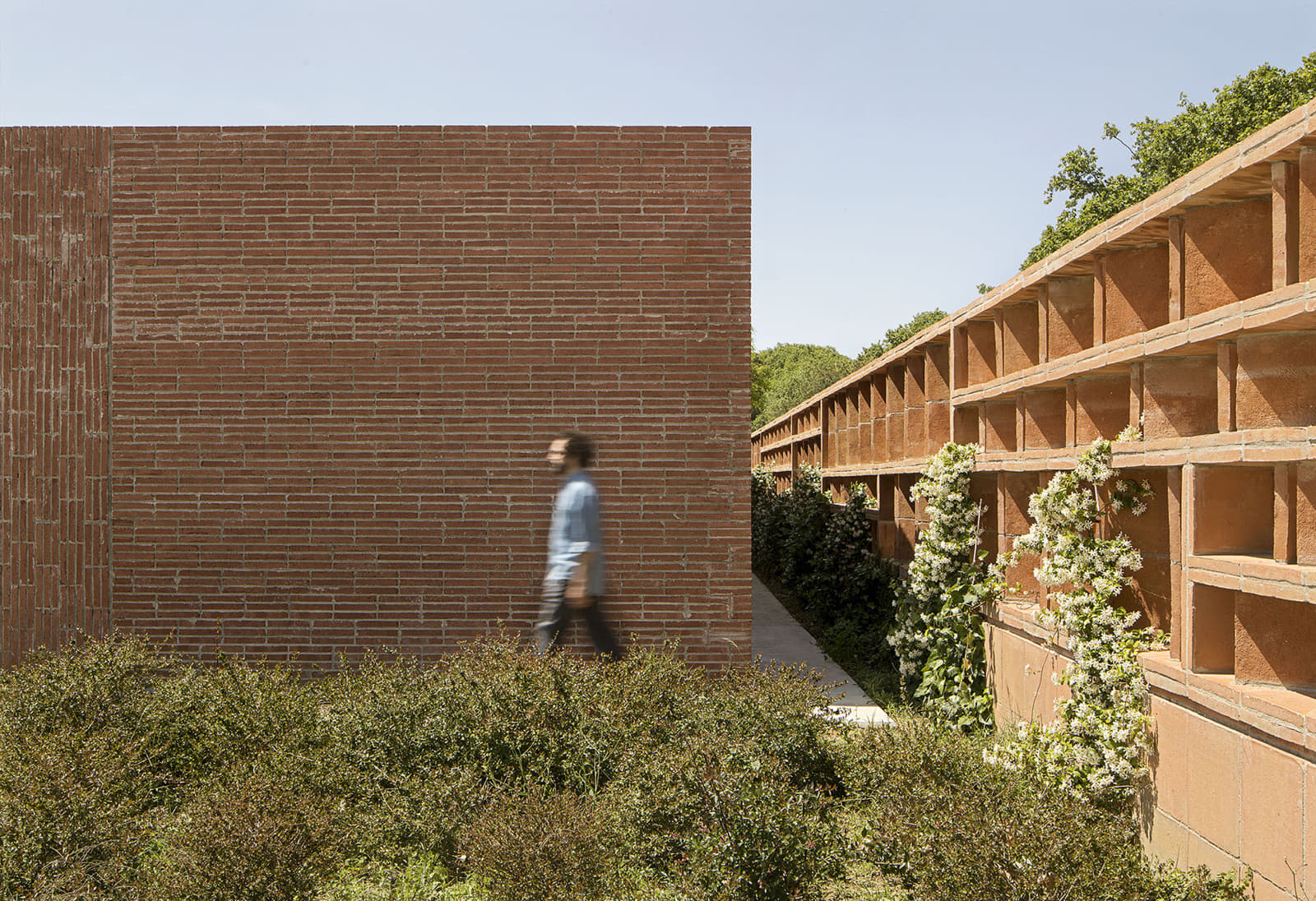
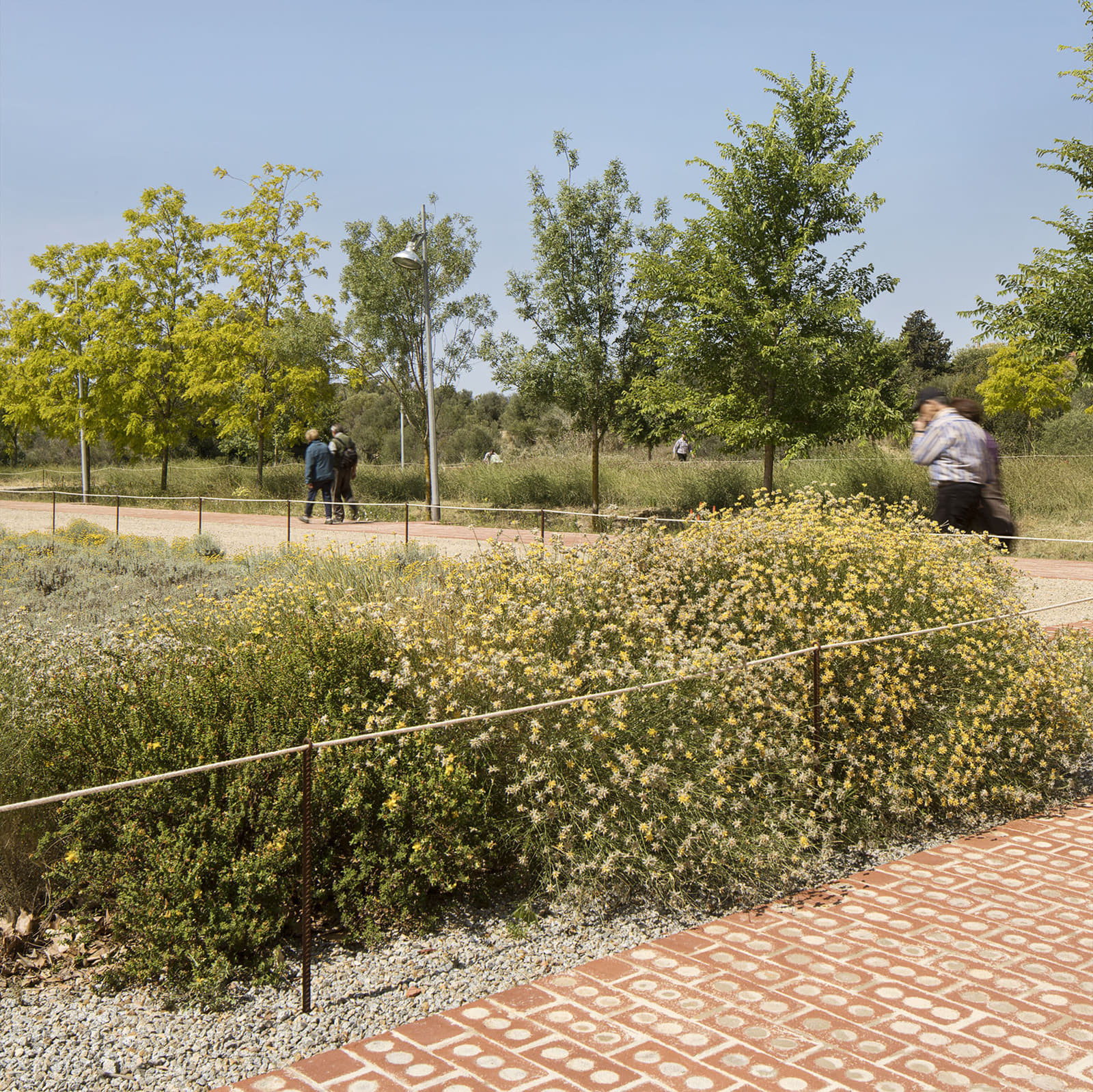
The walk has been and is an important recreational space for the inhabitants of the city. Its arrangement in relation to the nucleus, the morphology, the gentle slope, the trees and the special natural environment make it optimal for walks.
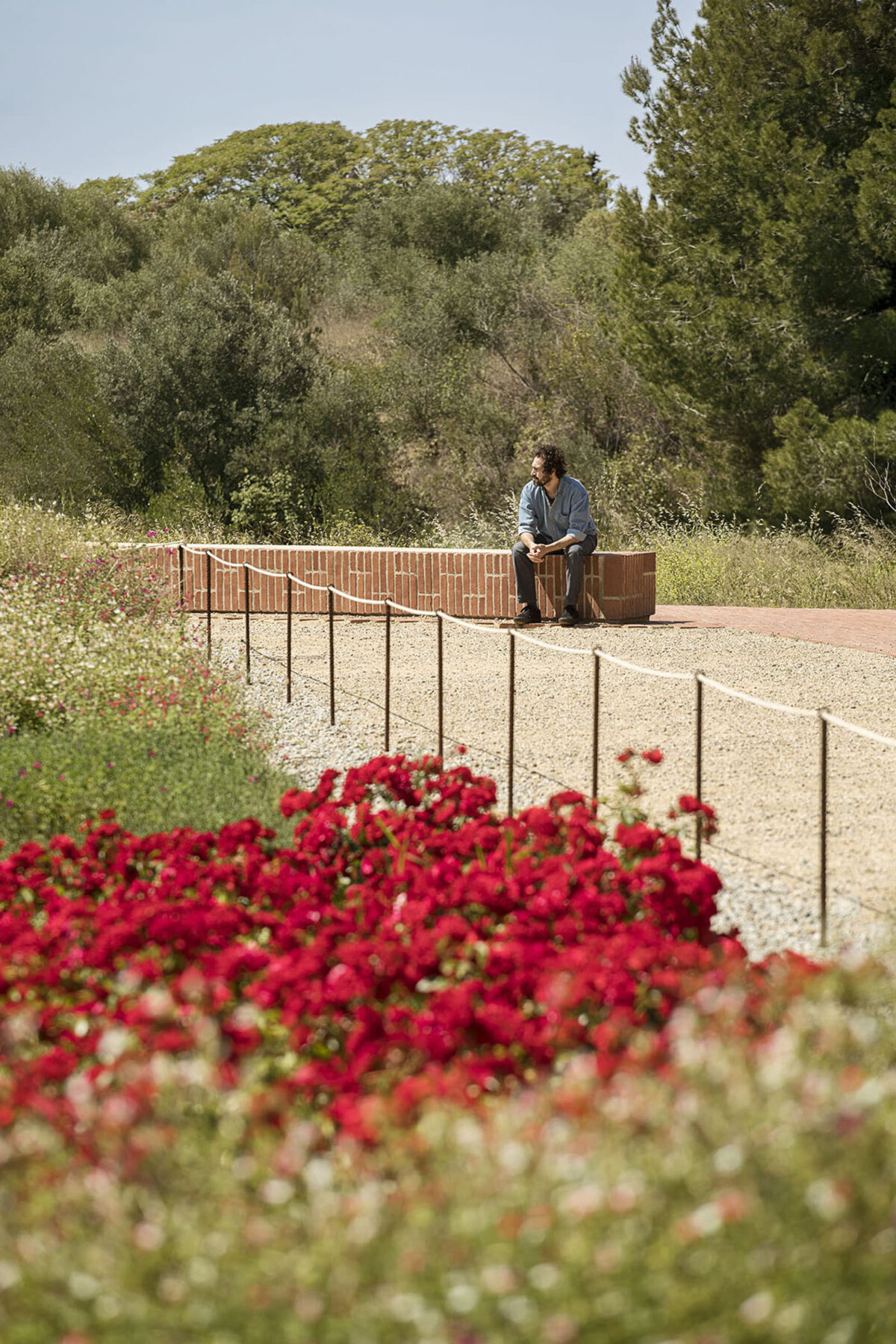
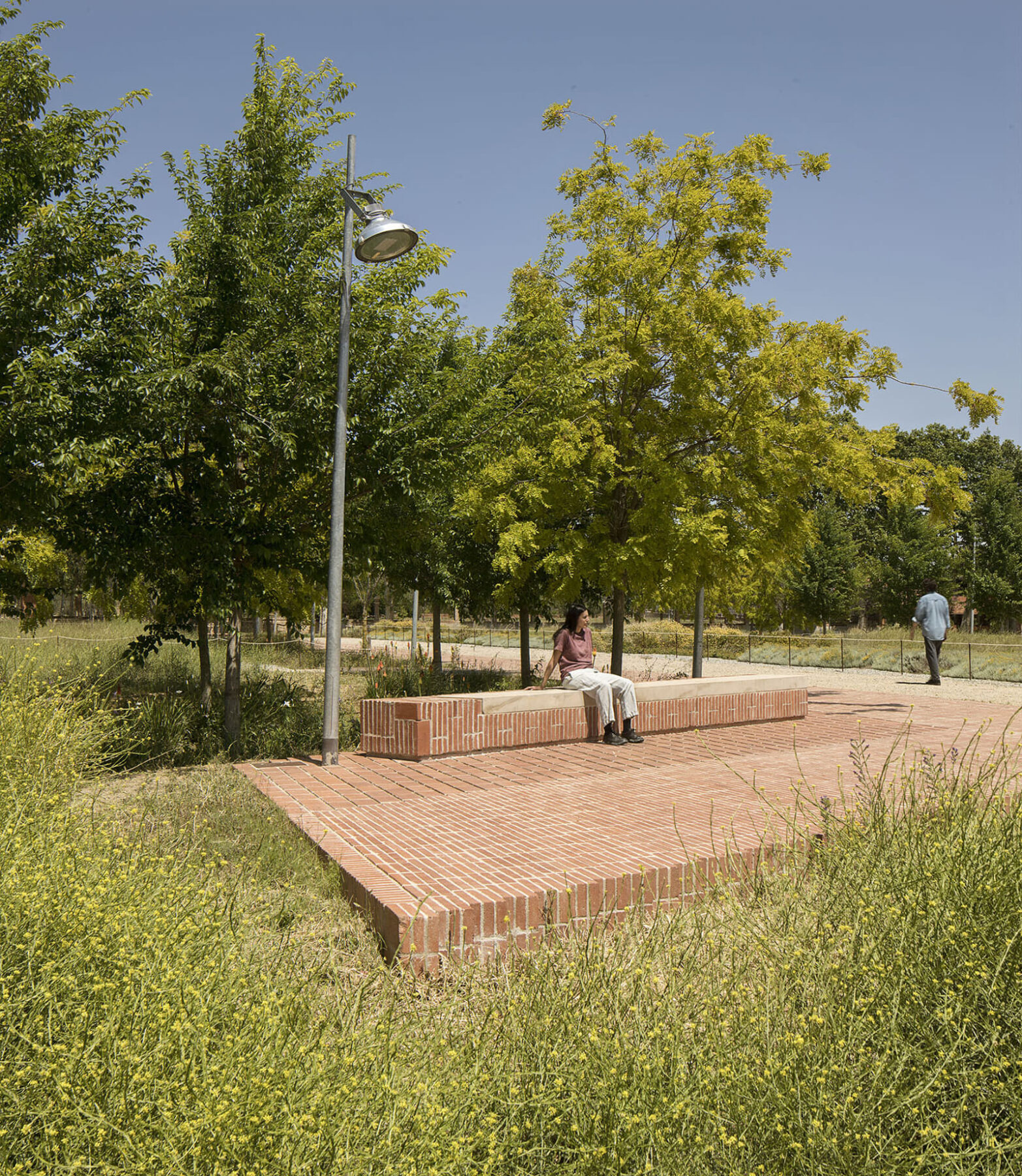
It was built in the 19th century following the existing path that led to the town’s mills, at the beginning of Monterols and, further up, at Boca de la Mina.
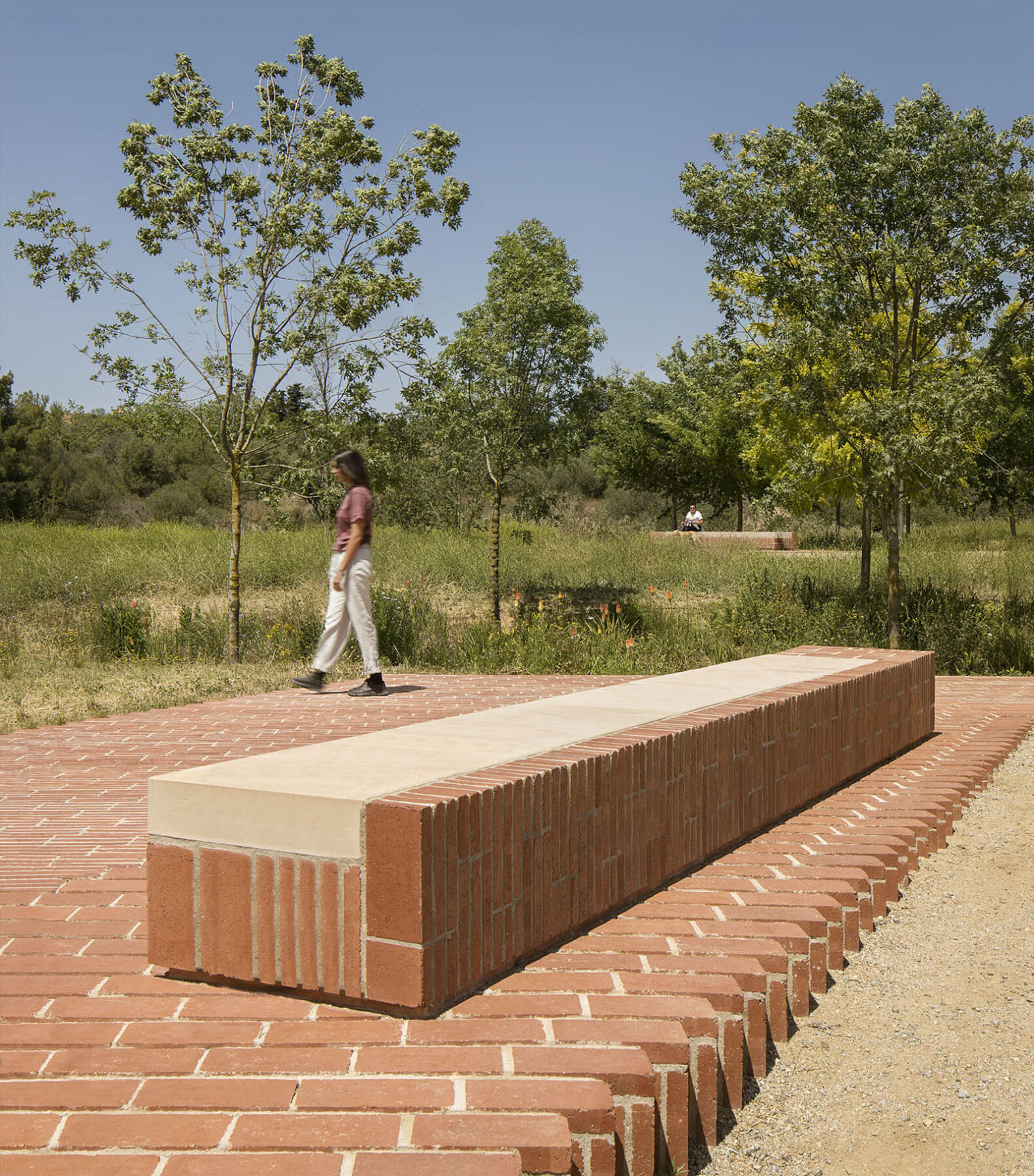
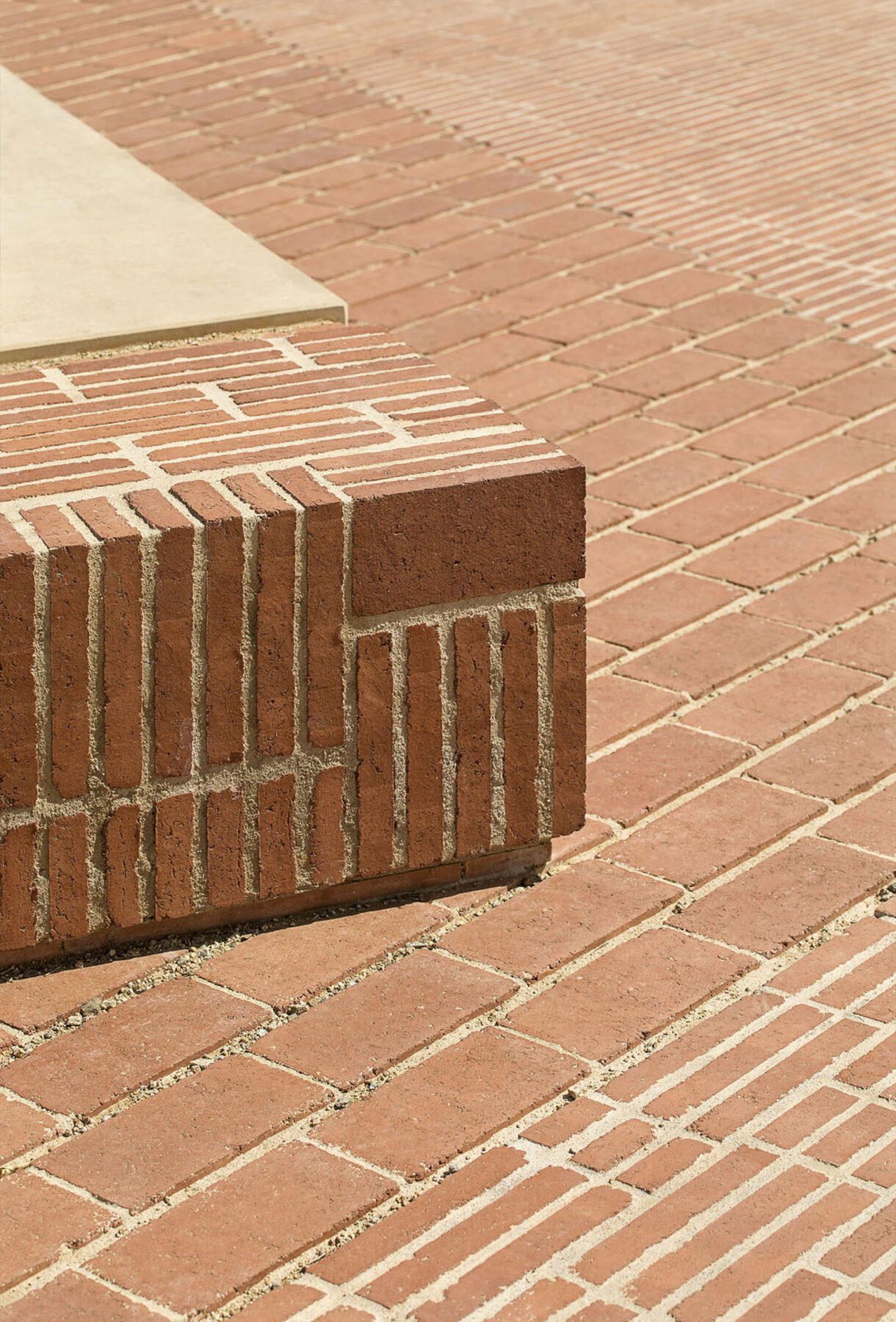
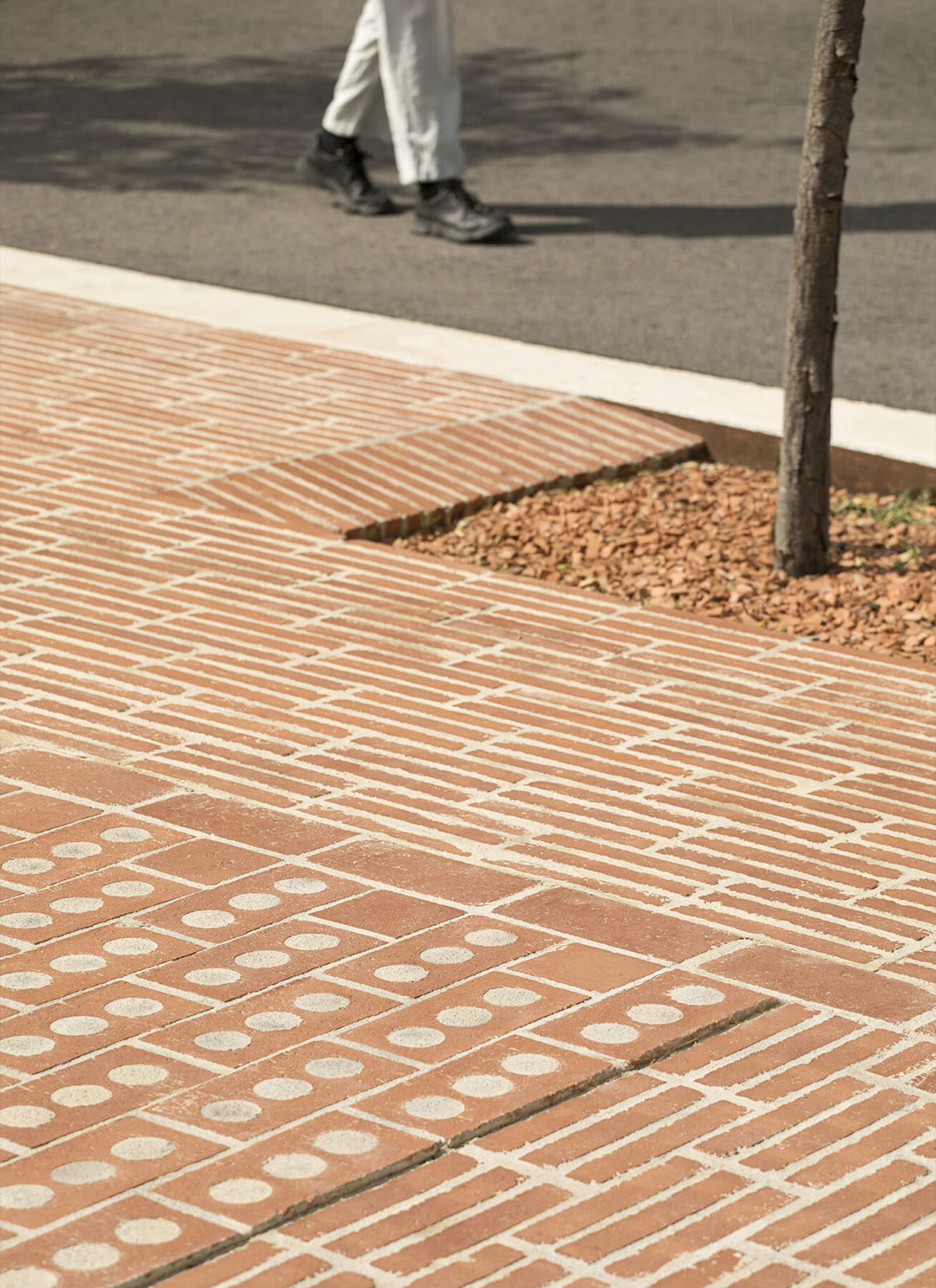
The old mills located in this place were vital for the pre-industrial dynamics of the city since they took advantage of the power of the water that was available to produce different raw materials, especially flour.
The so-called new mill or mill of the town remains as a witness, today converted into a private house, which has a helical chimney that was built between 1863 and 1864, when the old mill was replaced by a steam engine.
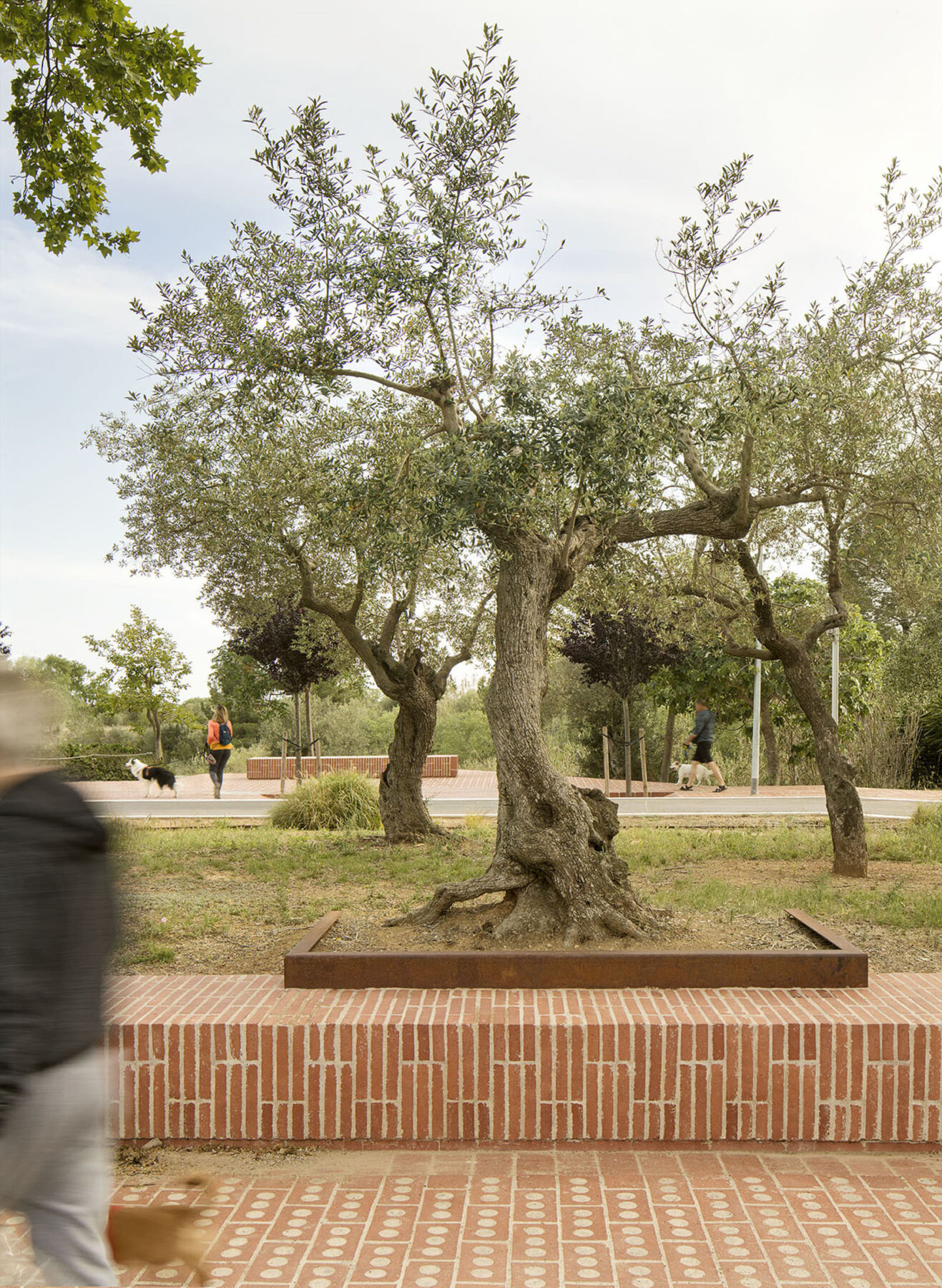
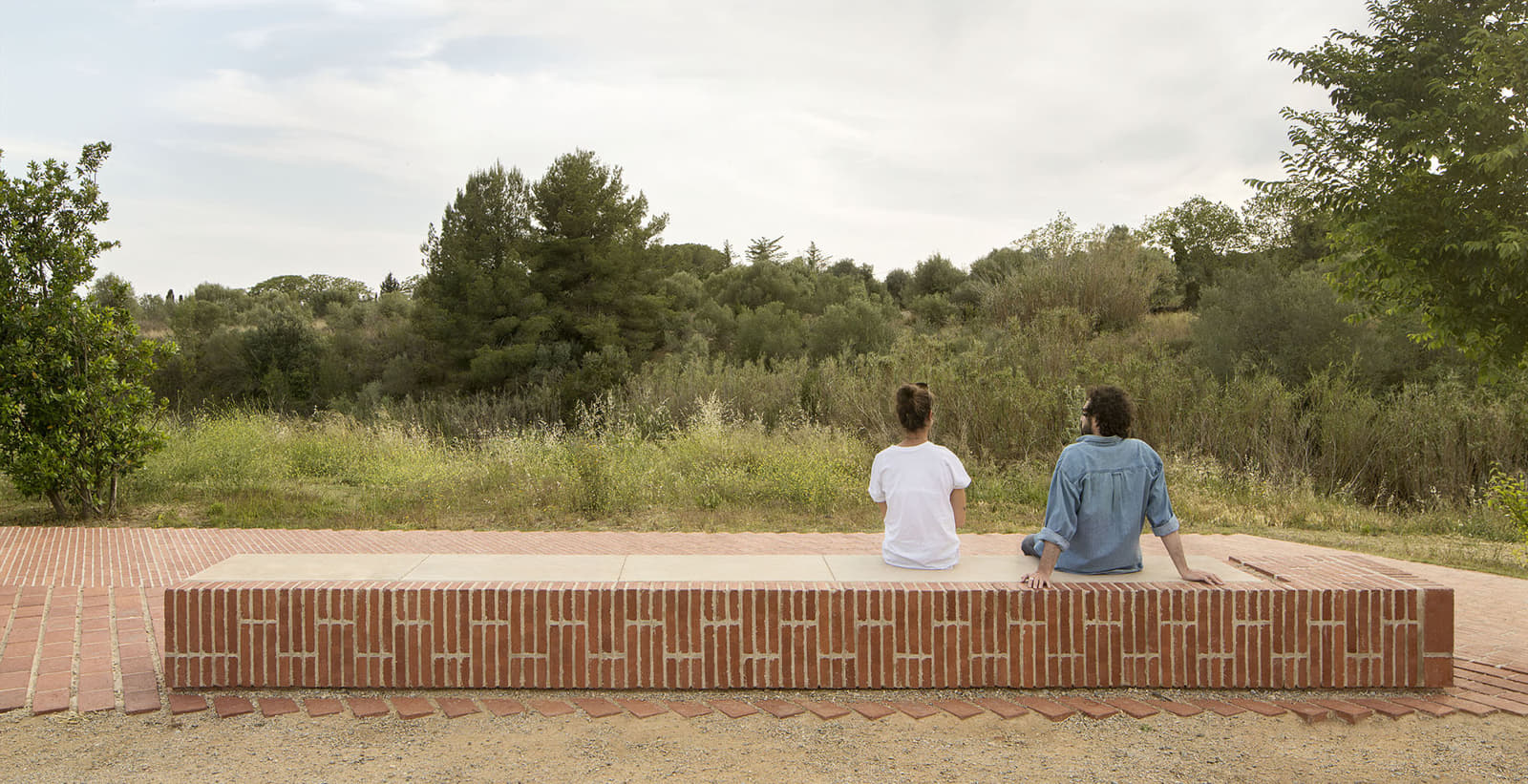
The action on the Paseig de la Boca de la Mina aims to condition and dignify a space of great natural, patrimonial and sentimental value in the city and to favor all those uses that contribute to maintaining its identity.
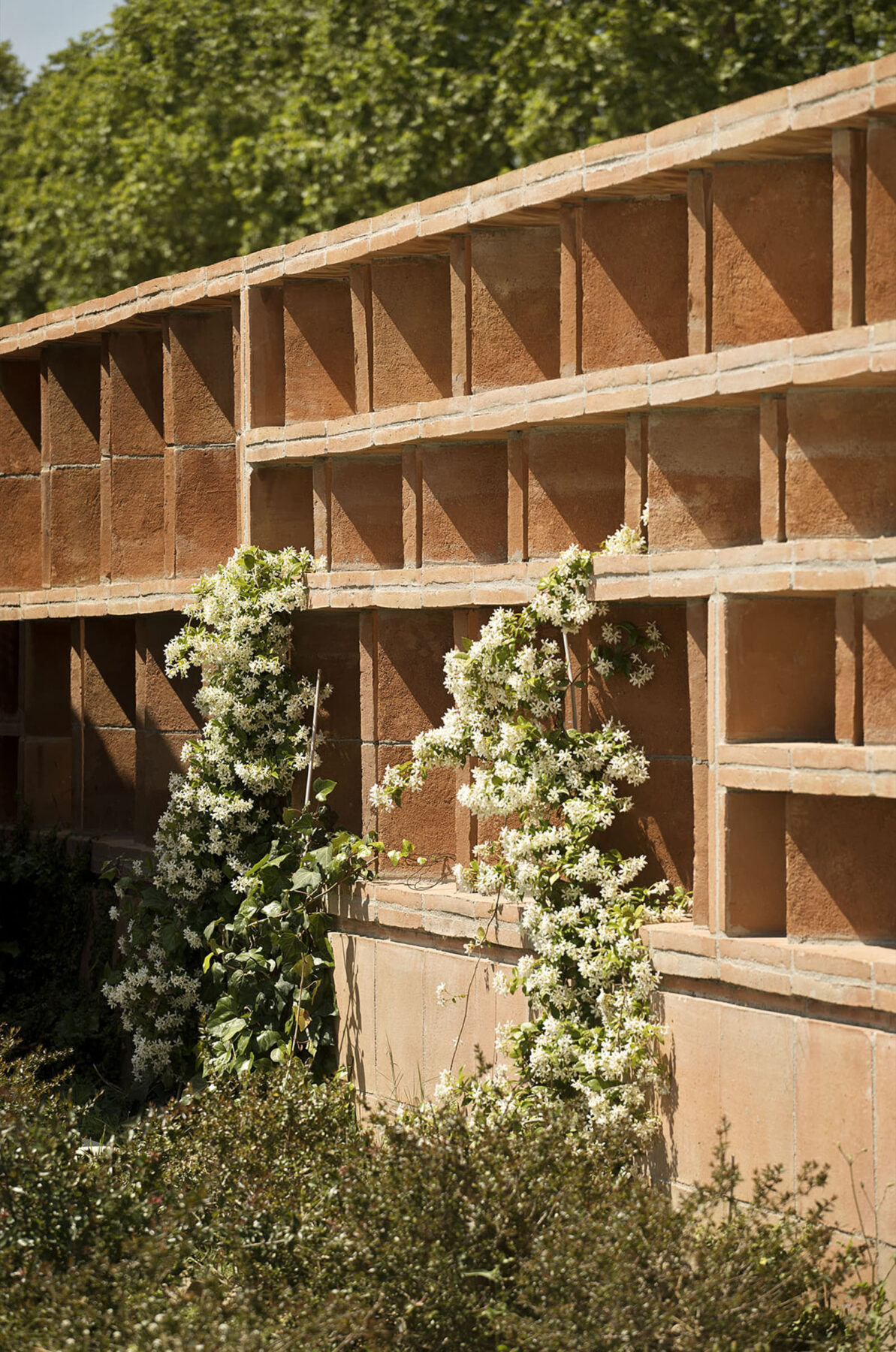
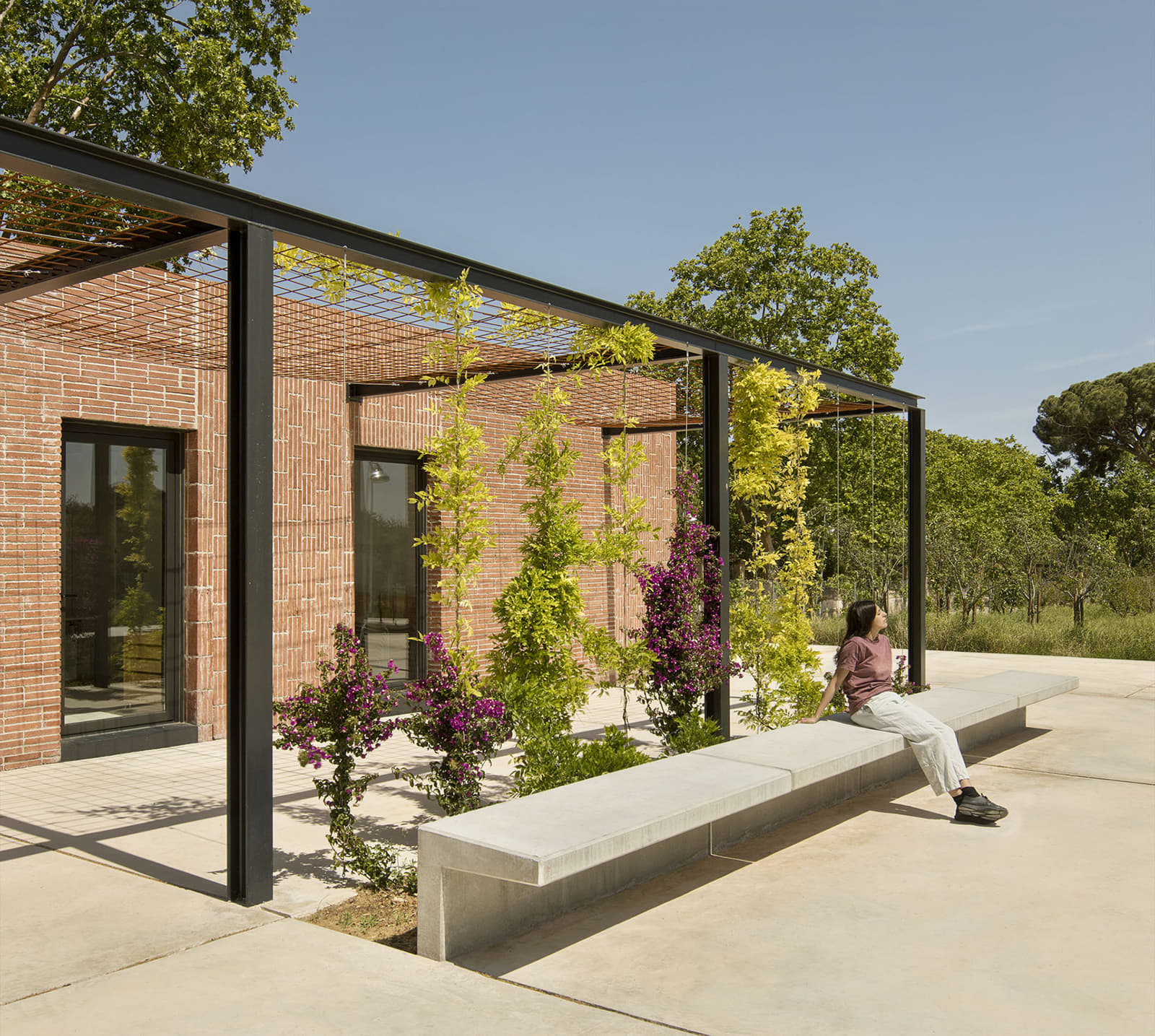
This means consolidating its character as a recreational space and setting for sports and health practices that respect the environment, promoting its cultural and historical values, and preserving associated agricultural uses, making it a central piece of actions to preserve the environment.
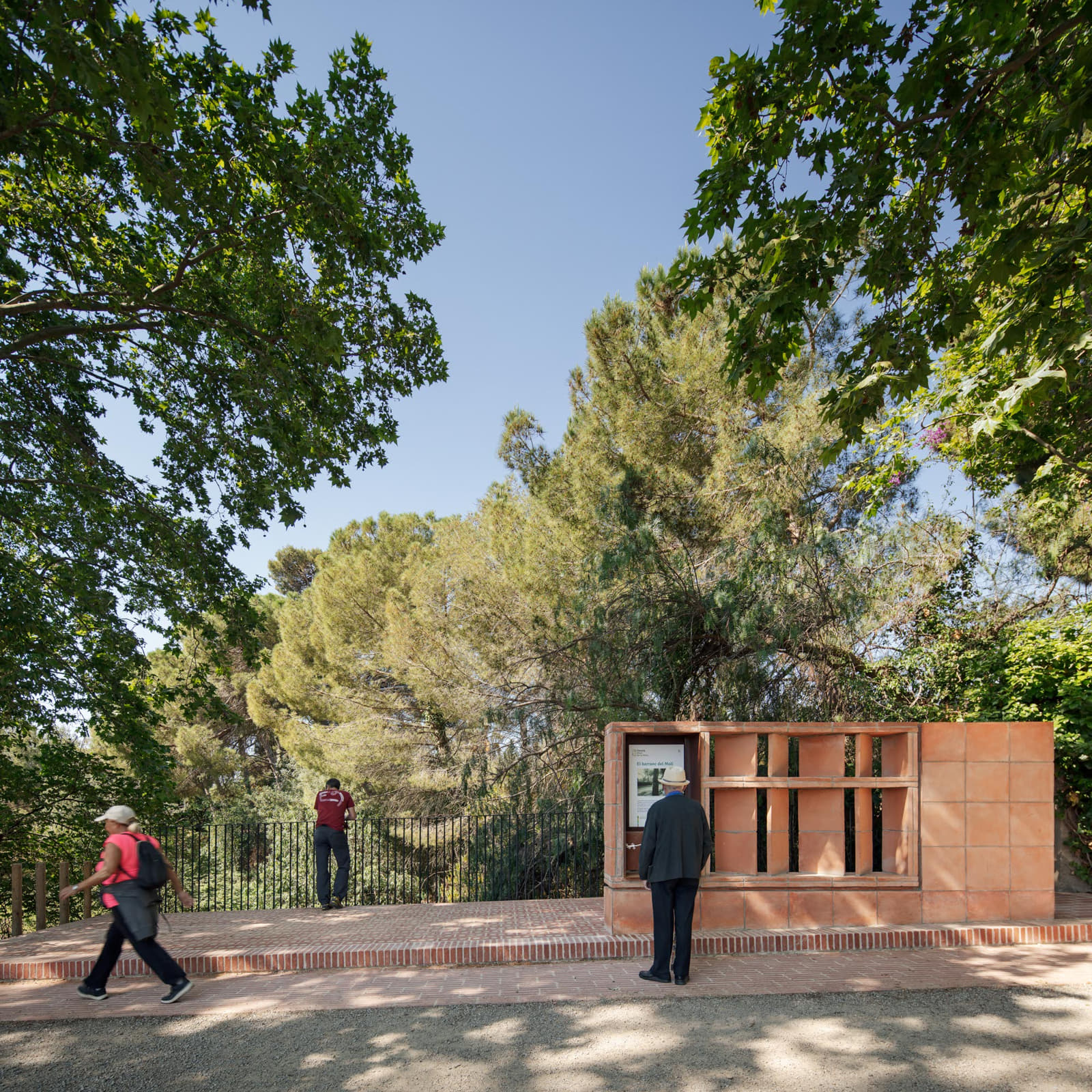
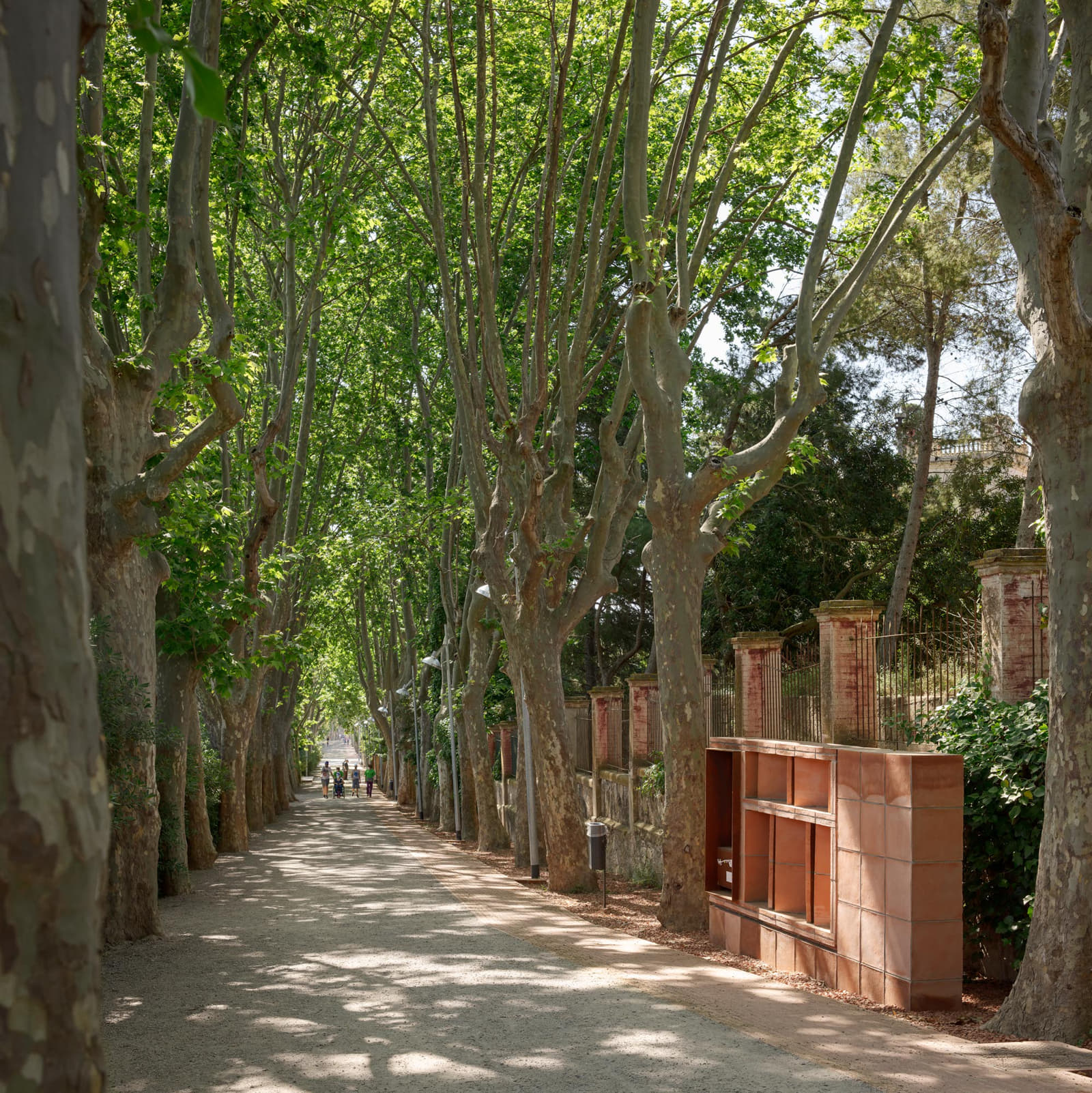
Therefore, beyond the urban development of the promenade, the City Council promotes different actions that the project considers and interacts with: cultural routes, water routes, Reus Smart City, etc.
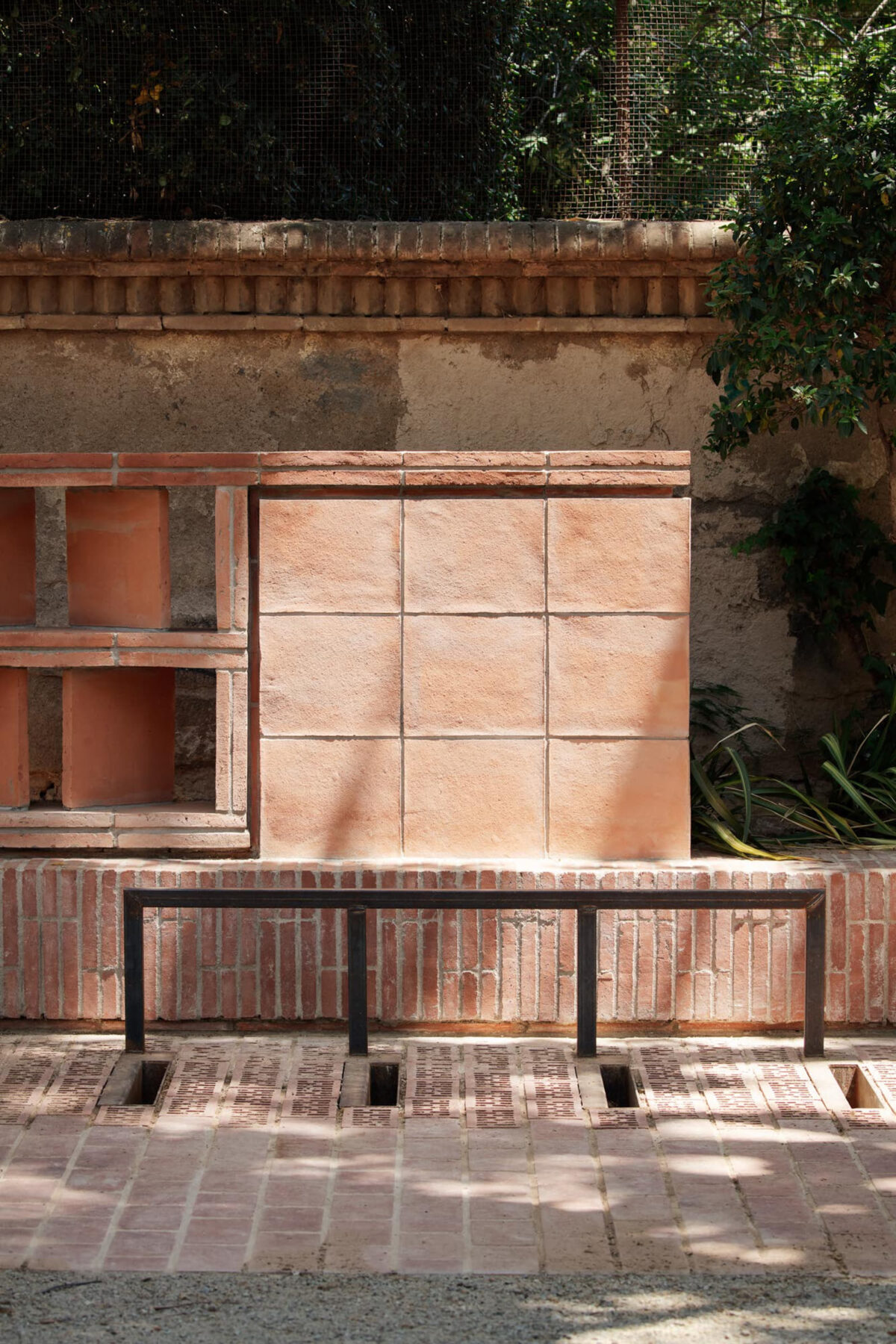
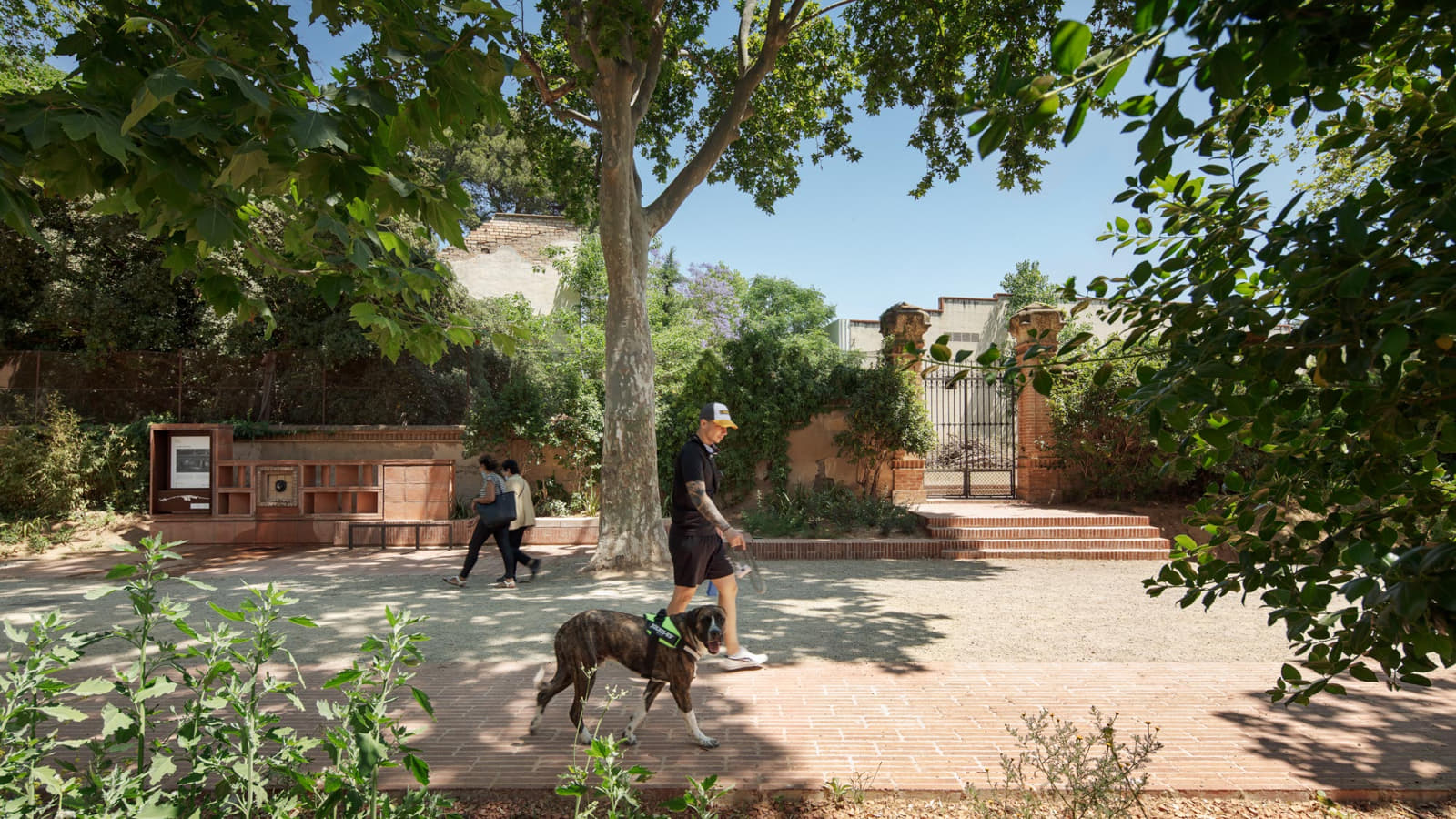
The intention of the proposal is none other than to maintain the current character of the promenade as a recreation area, with soft sauló pavement and where plane trees are the main protagonists of the space.
Even so, the proposal seeks to resolve the obvious deficiencies of the existing drainage to ensure that its durability is optimal and, consequently, its maintenance is minimal.
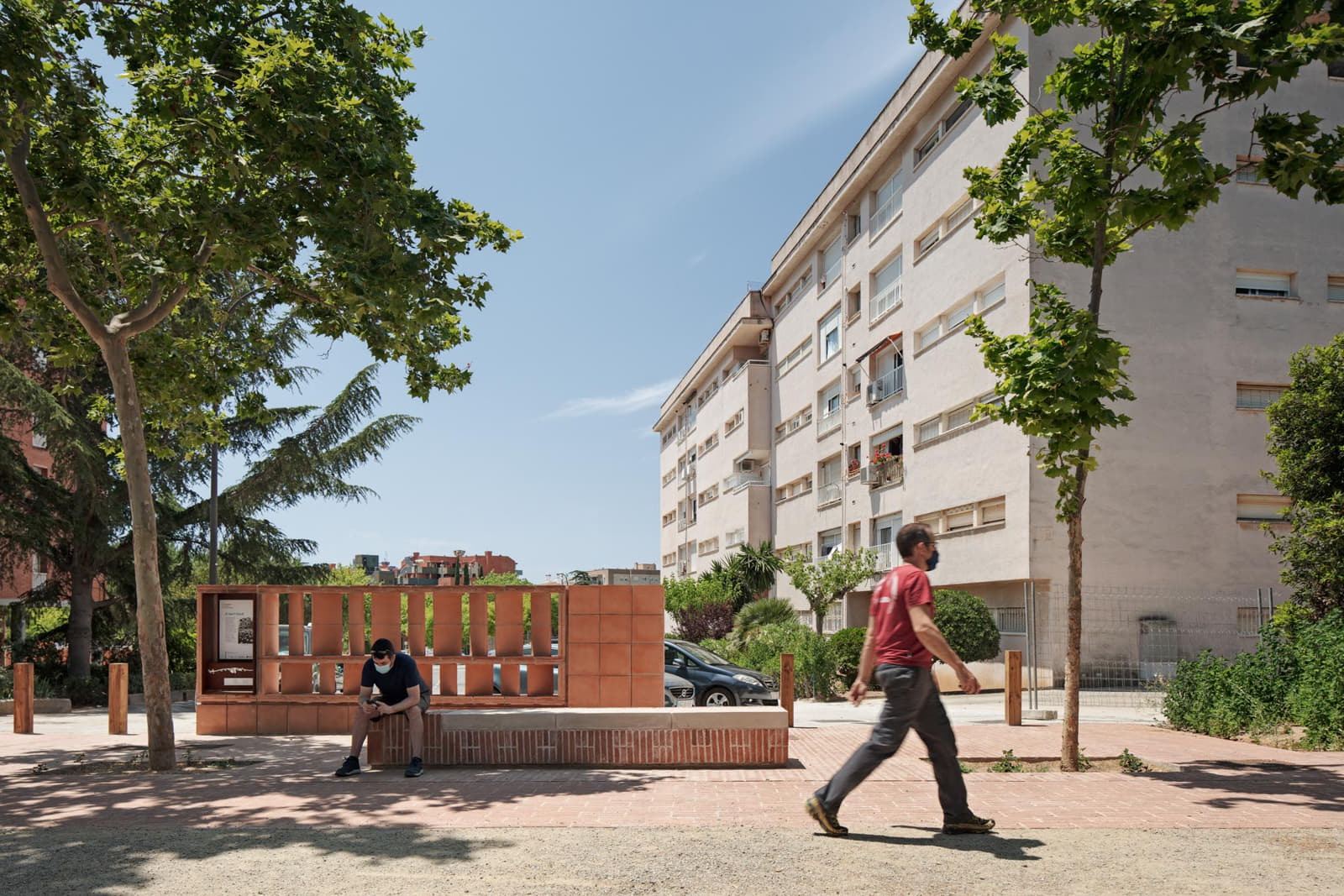
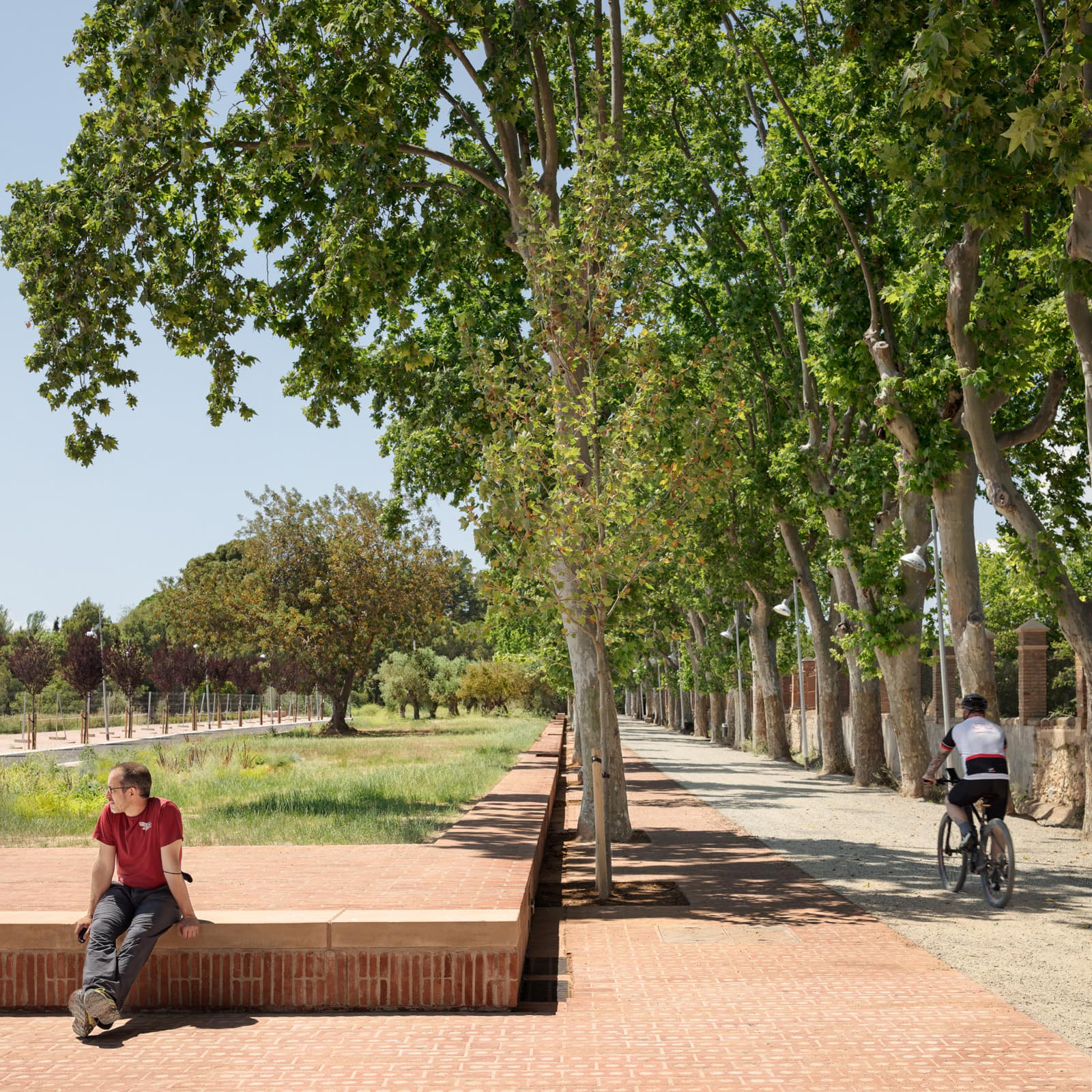
On the other hand, we want to promote the inclusiveness of the walk. For this reason, the new section of the Promenade always incorporates a paved strip, the width of which is variable throughout the promenade. In any case, its width is always wider than 1.2 m.
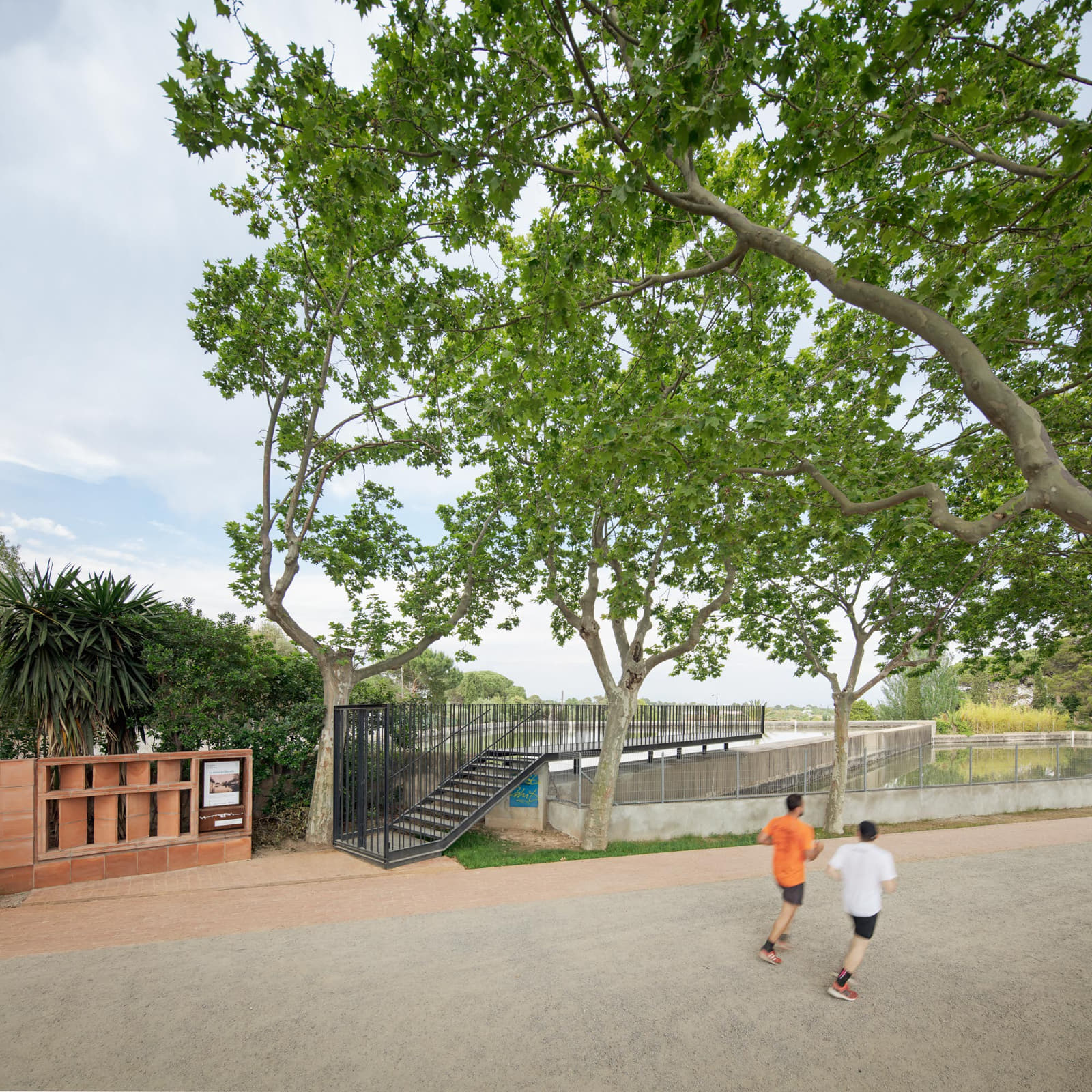
The materiality of this new strip built wants to achieve a perfect integration into the environment with materials that are very present in the collective imagination and culture of Reus.
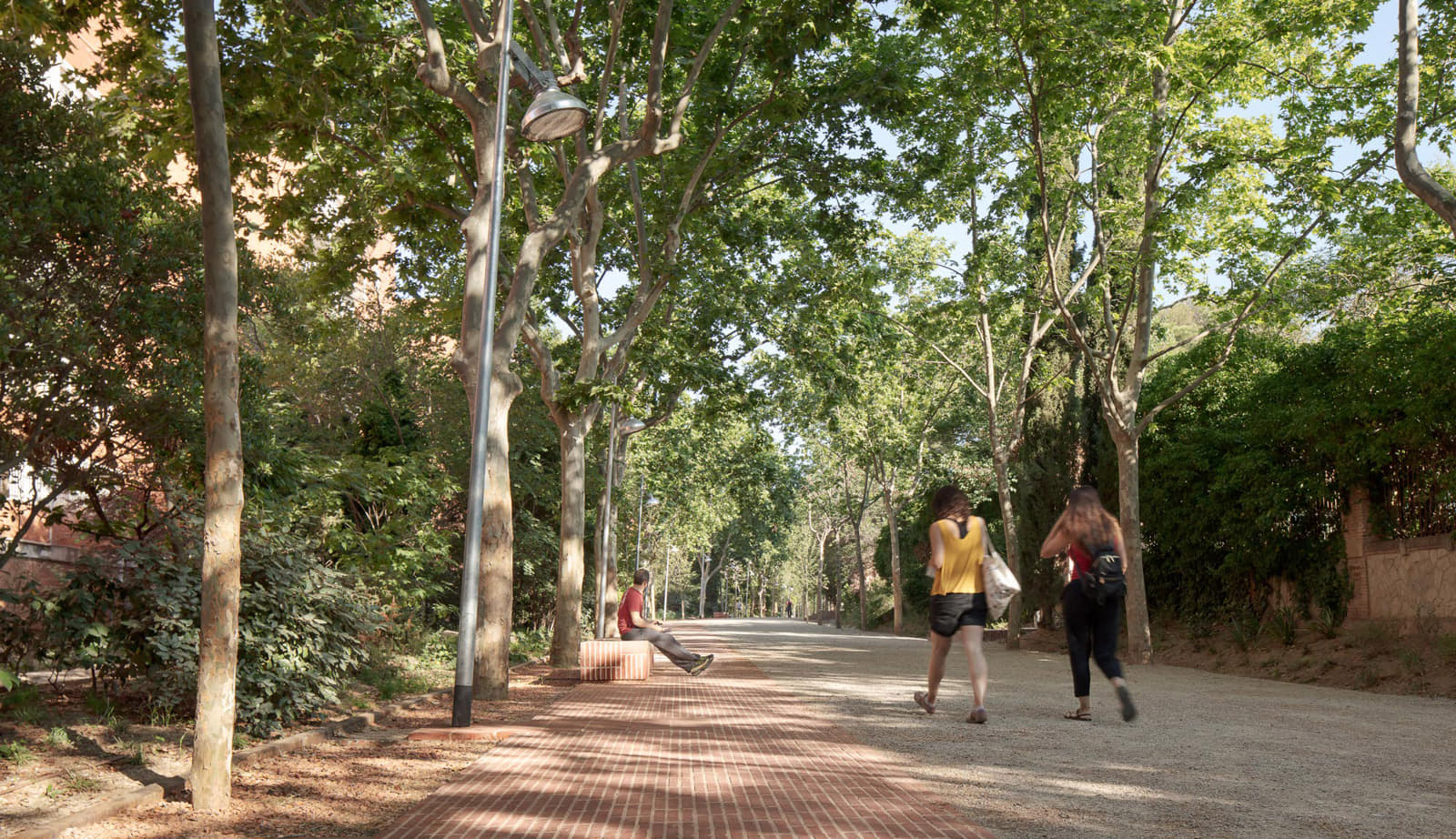
In this sense, paving based on the use of manual brick is proposed, in different sizes and formats to gradually configure the different spaces of the proposal.
This ceramic material is chosen, considering that it is an element already present in the area in the walls and fences of the farmhouses, the chimney of the Mill and at the same time, it is a material with a clear relationship with the past and the way of doing of modernism.
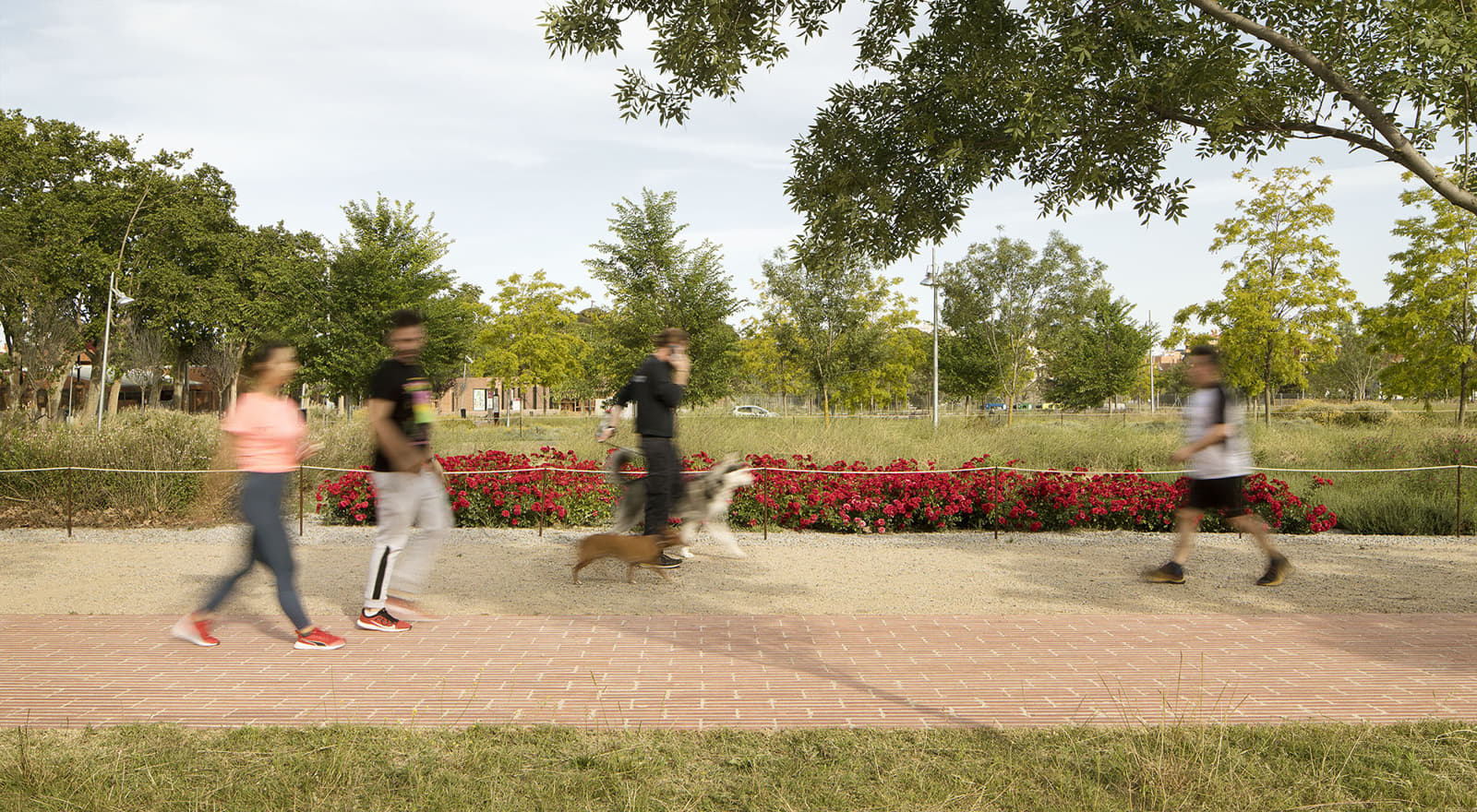
The promenade presents a sequence of points of great natural, historical and educational interest. The Font del Lleó, the Boca de la Mina, the ravines, or the modernist farmhouses are a clear example. The proposal signifies and values all these points, integrating them through different constructive solutions and generating a unitary and coherent story in relation to the new proposal. The new viewpoint over the rafts or the new Font del Lleó are a good example.
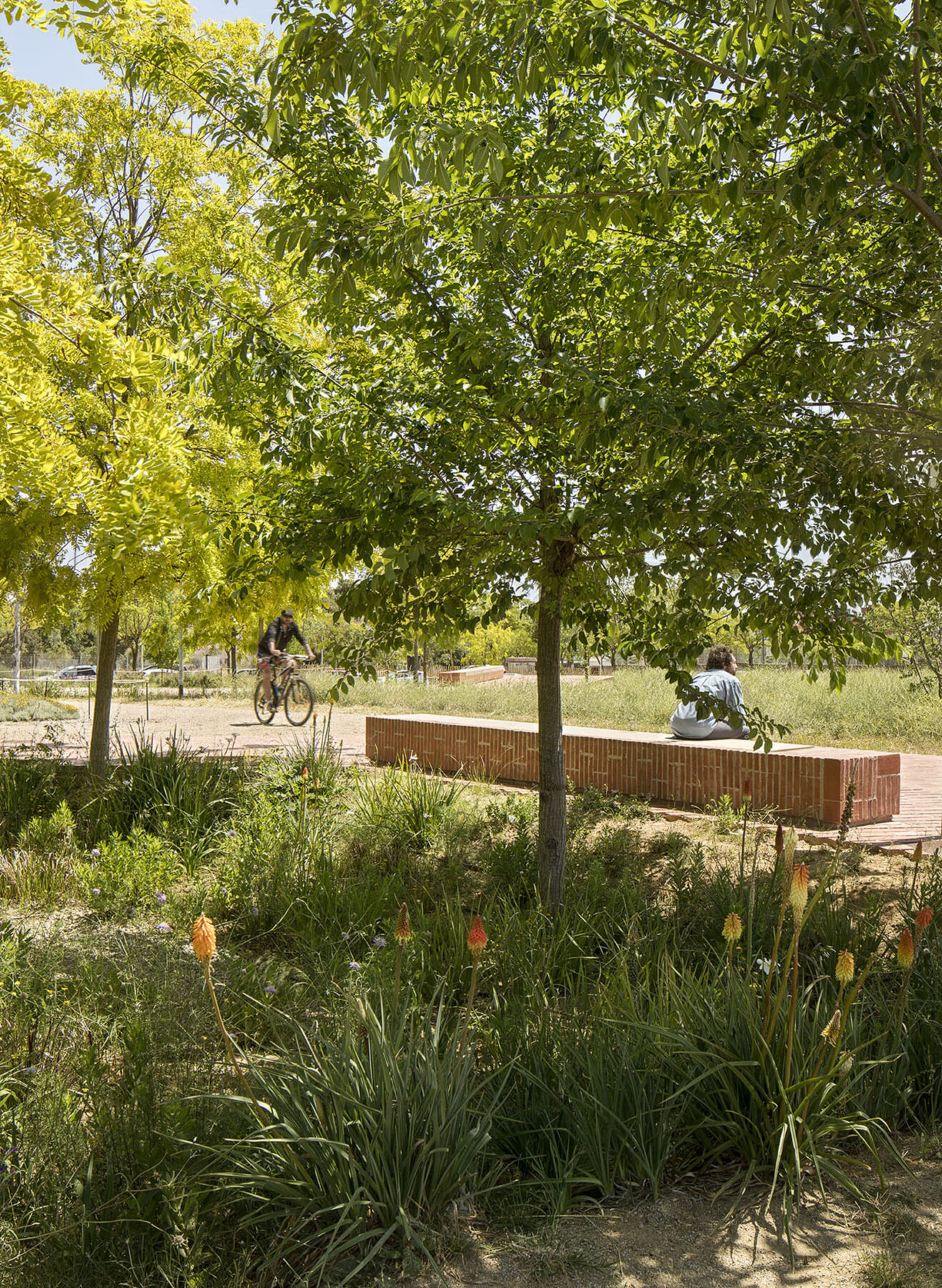
As a result of the recognition of these singular points, it has been created in the central point of the Paseo, previously an open field with the only use of punctual parking: a new square that provides new uses and dignifies and improves access to the Mowgli school.
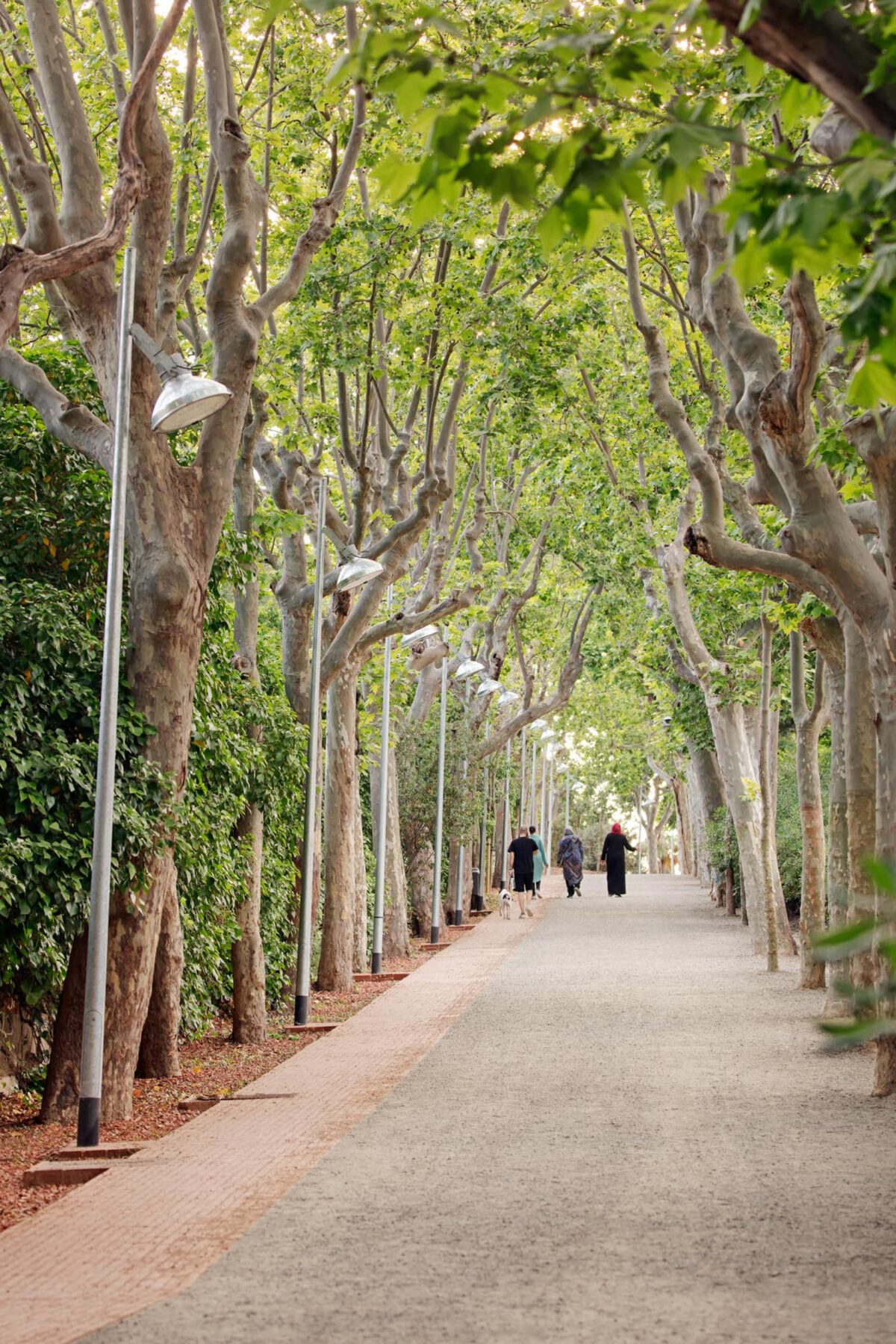
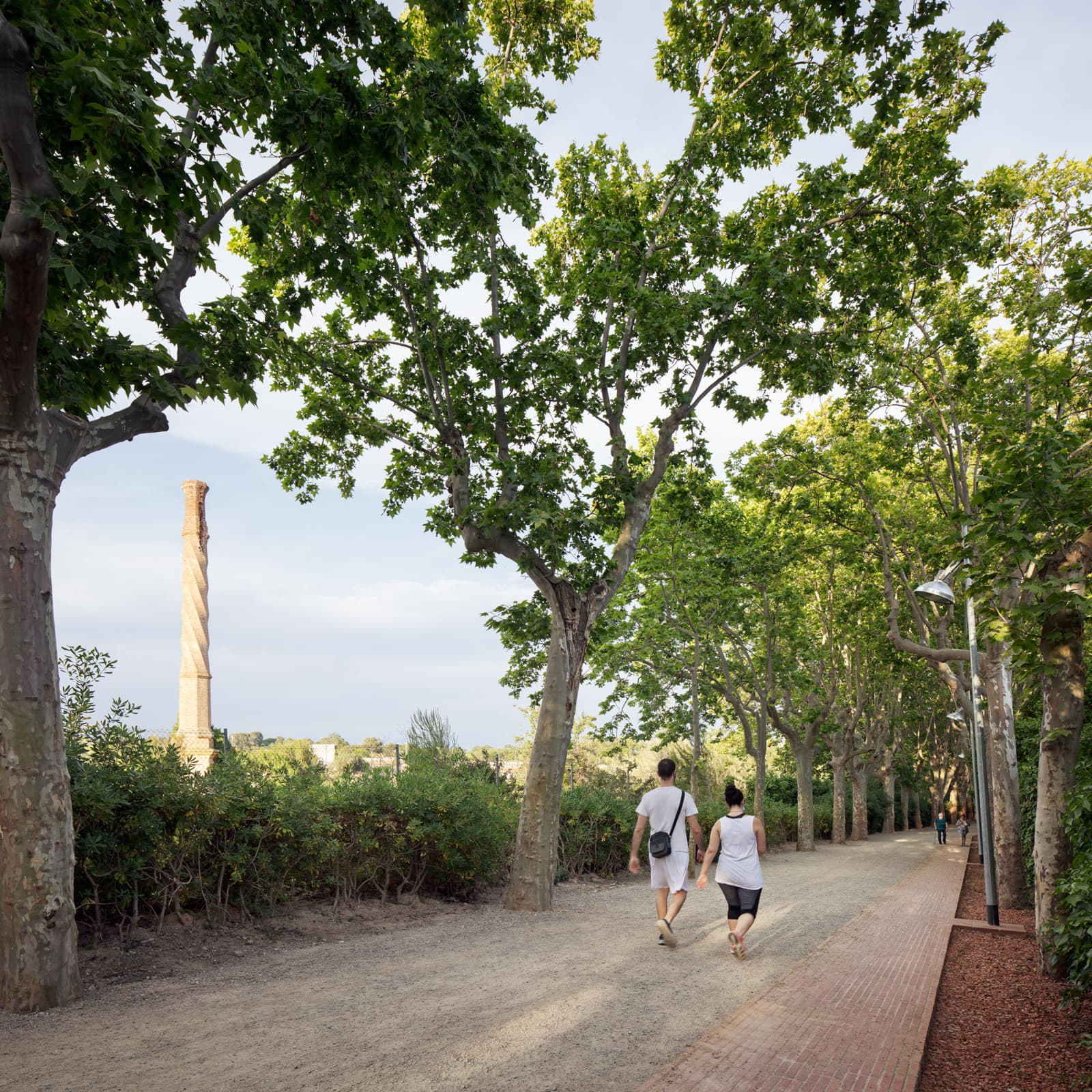
Around this new square there is a new attraction point, the Parc de les Olors: a new place for rest and leisure that connects the walk with the mill ravine.
The route system allows you to enjoy a sensory experience in the surroundings of a set of plantations of aromatic species grouped by their color range.
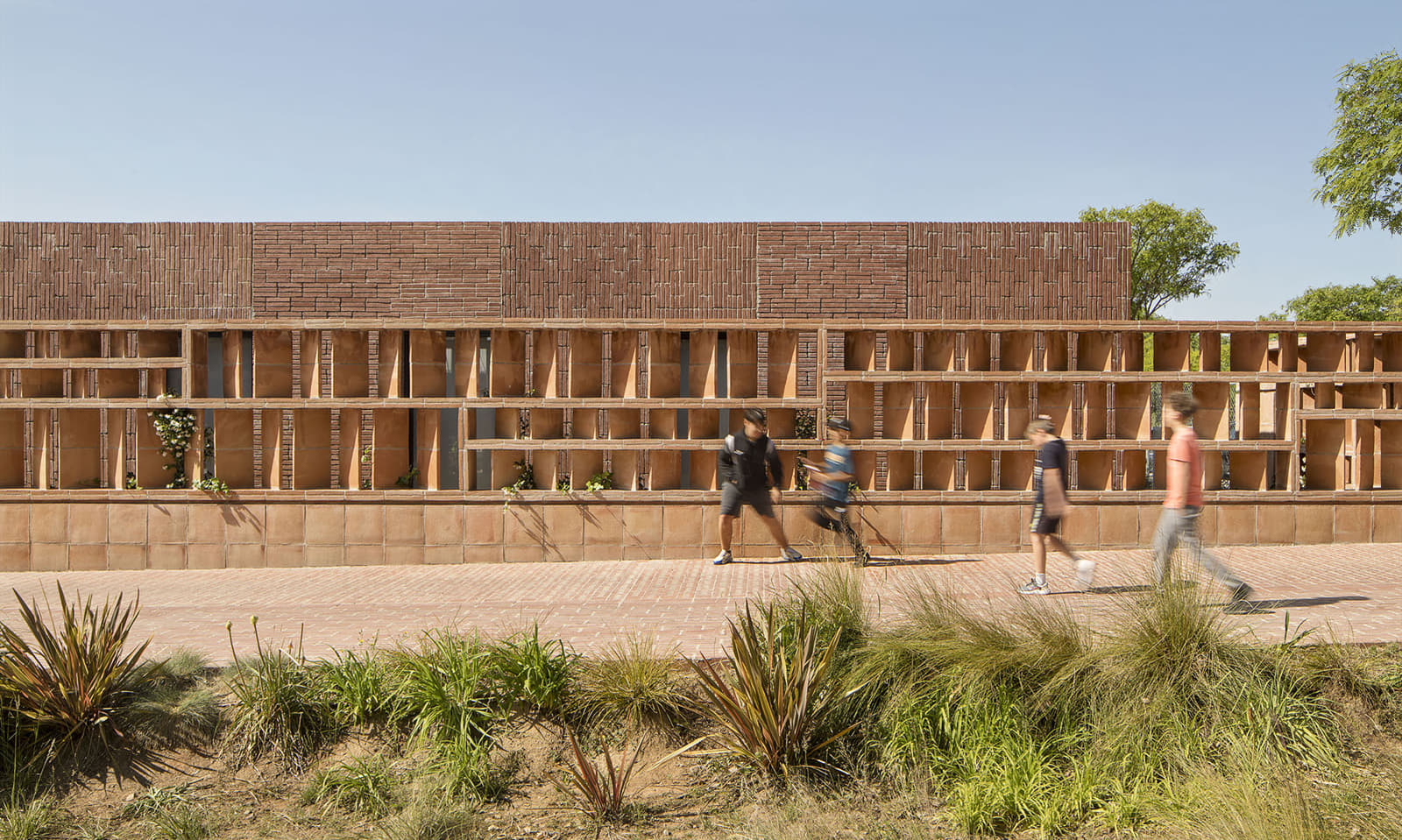
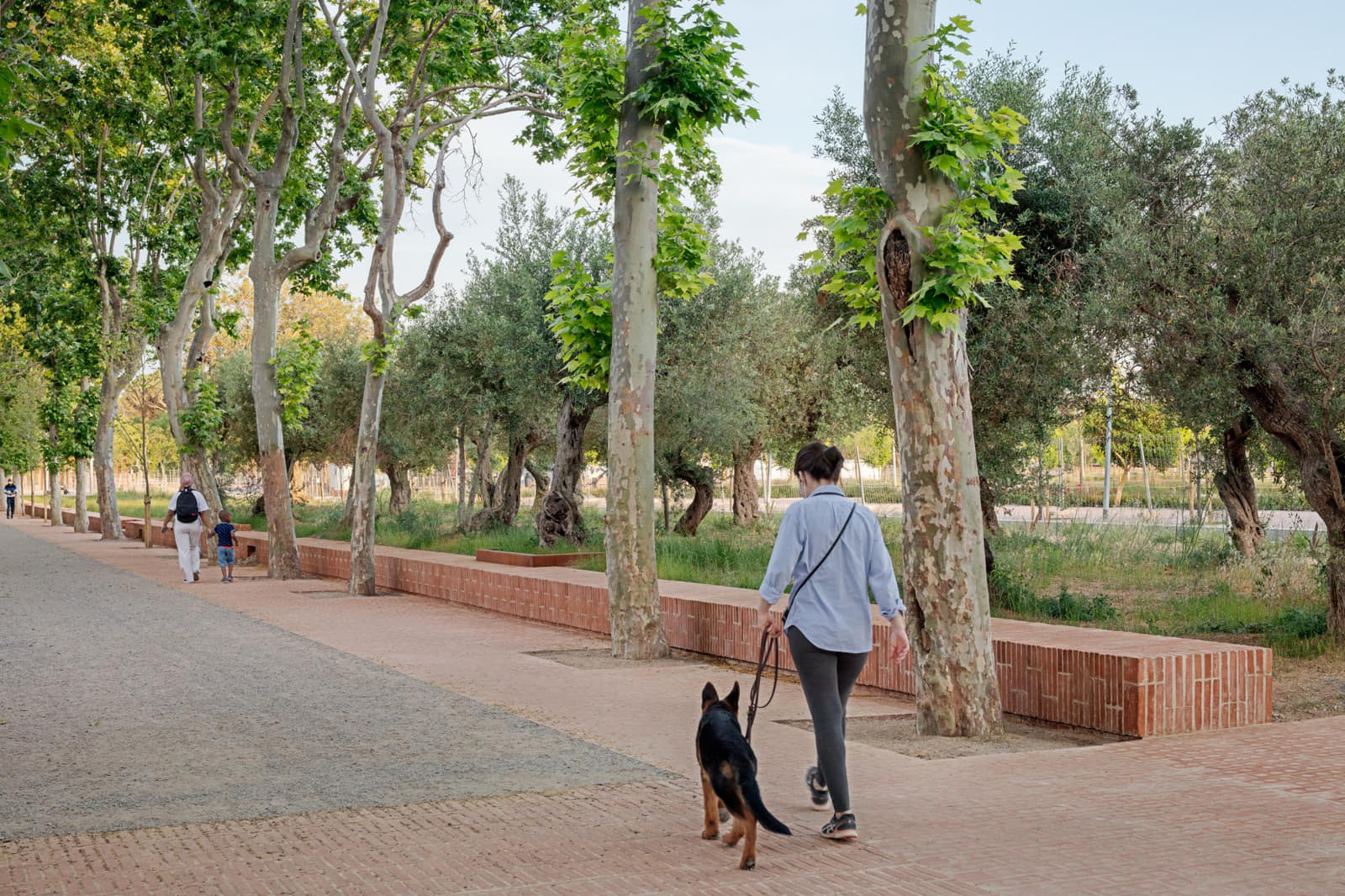
In the future, the square will also serve as access to another new space (currently under construction): the Jardí Agrari del Camp, a new public space structured as an agricultural plot with a productive, educational and leisure purpose.
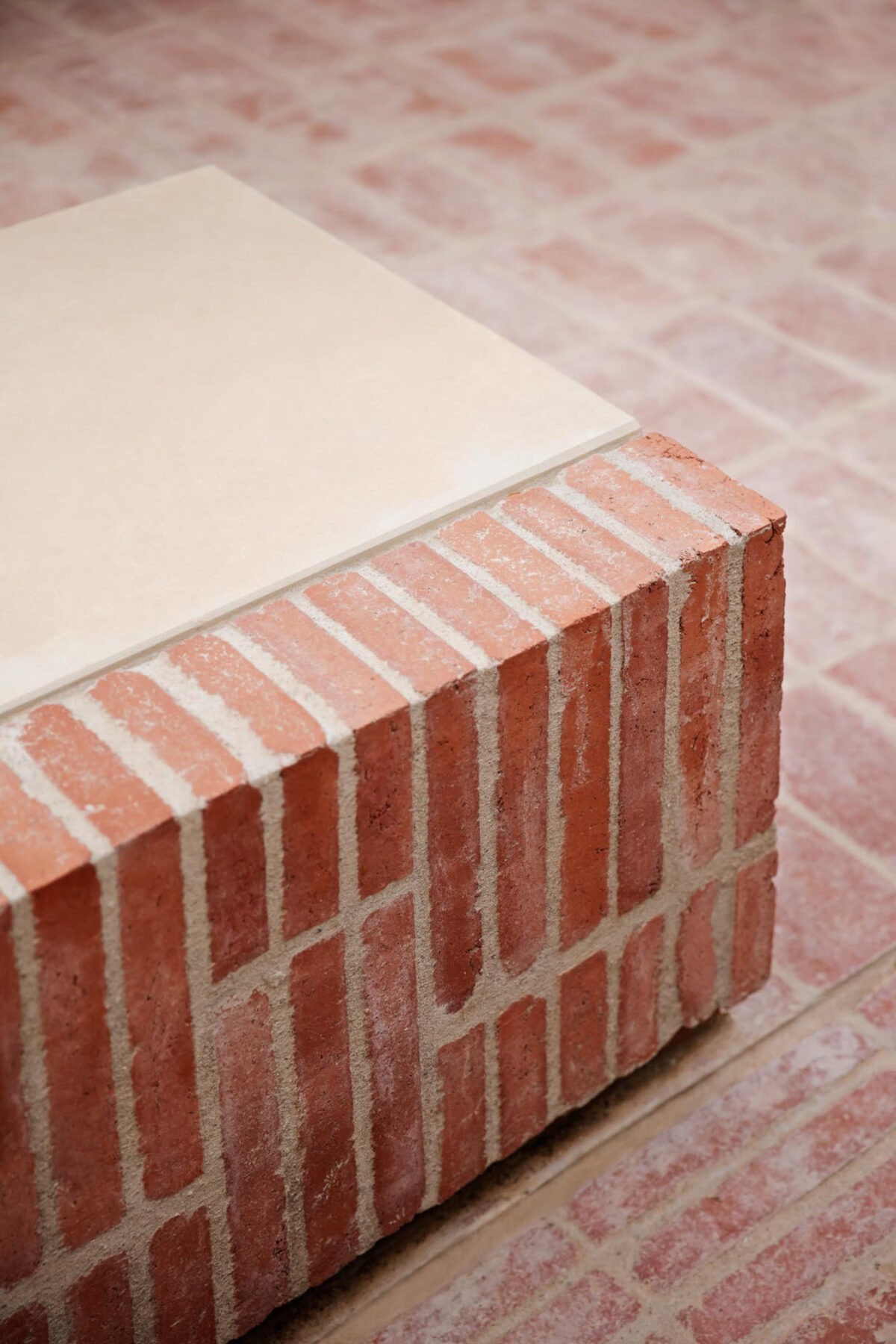
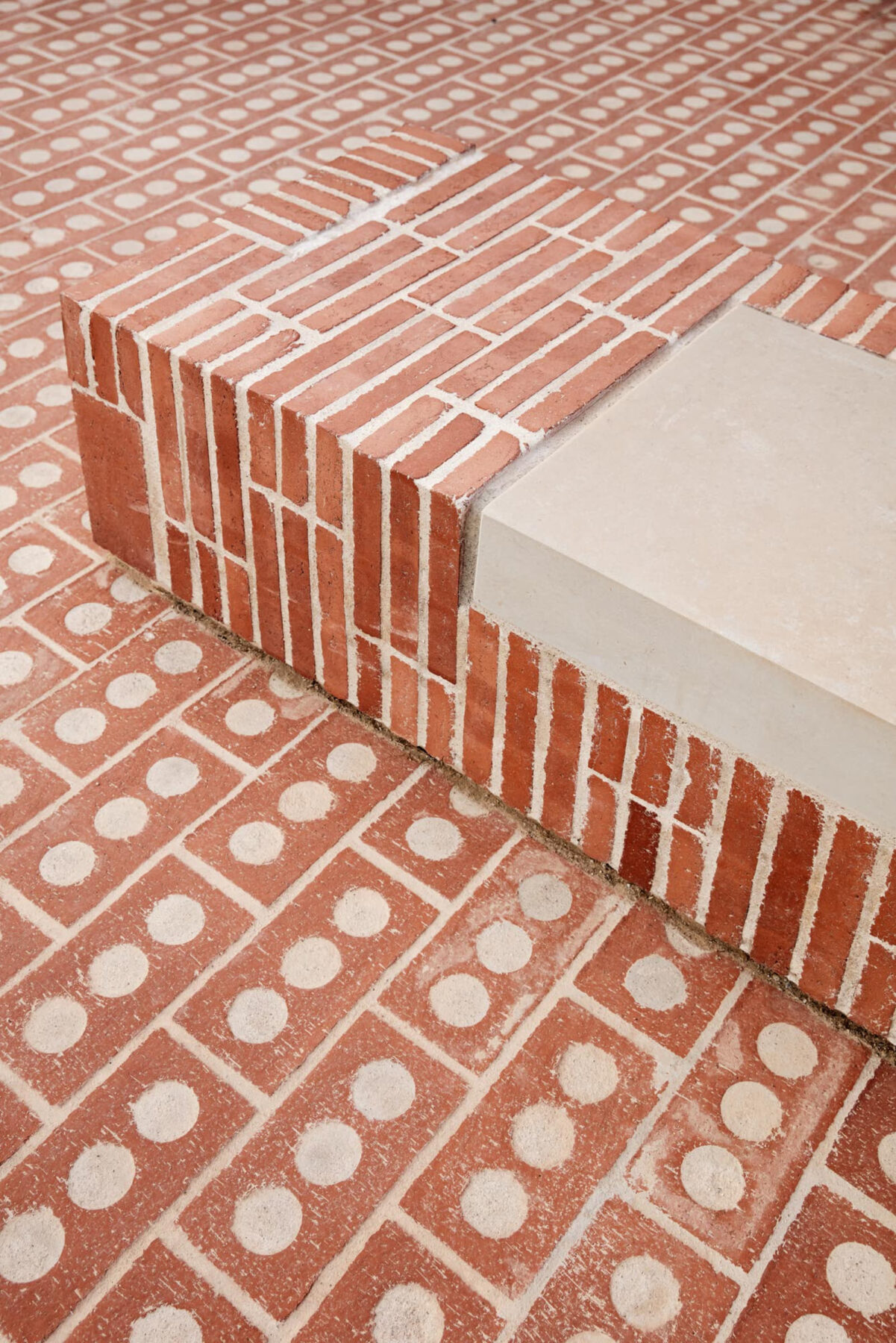
Facts & Credits
Title Boca de la Mina Promenade
Typology Urban, Landscape
Location Reus, Tarragona
Surface 41.641 m2
Status Completed, 2022
Architecture Batlleiroig Arquitectura (Enric Batlle Durany, Joan Roig i Duran, Iván Sánchez Fabra, Mario Súñer Díaz – Architect)
Team Roger Mermi Ribalta, Gabriel Romero Fossas, Clara Terradellas Rosell, Marta Sanz Cuso, Esther Díaz Salas – Architect / Bárbara Freire Ares, Lina Florez, Marta Ines Cot – Architect and landscape architect / Laura Luque Pan, Gemma Ramon Mestre – Building engineer / Yago Cavaller Galí – Agricultural engineer and environmentalist
Collaborators SBS Simón i Blanco – Engineering
Builder Valoriza Medioambiente
Photography Jordi Surroca, DEL RIO BANI
Text by the authors
Take a look at another project ‘Reurbanization of the northern stretch of the Rambla de la Girada in Vilafranca del Penedès’ by Batlleiroig Arquitectura, here!
READ ALSO: Reurbanization of the northern stretch of the Rambla de la Girada in Vilafranca del Penedès | by Batlleiroig Arquitectura